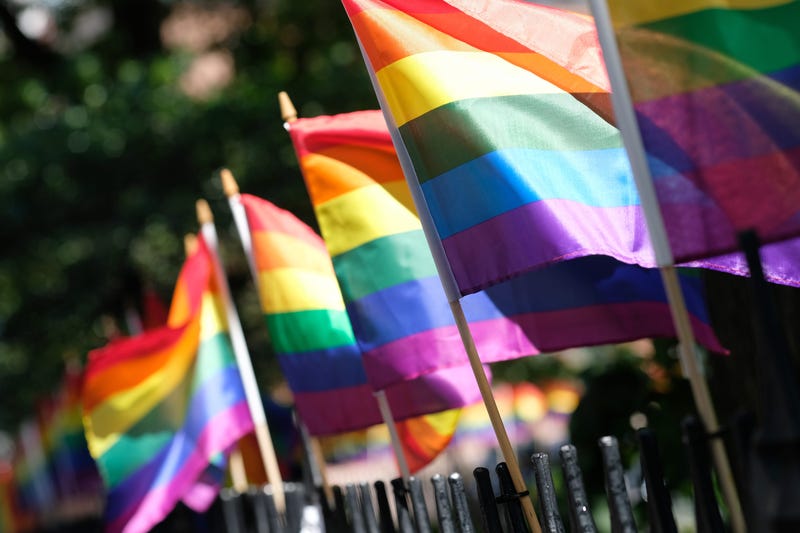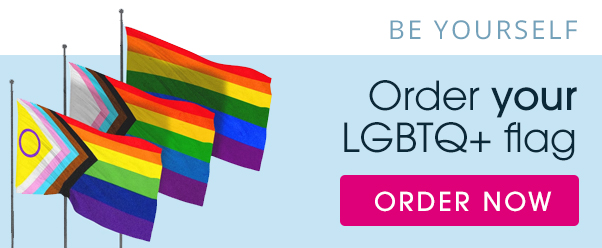In the LGBTQIA+ community, flags play a very important role. With more and more gender fluidity being discovered, these flags each represent a type of that. And within each flag fluidity is even more fluidity as society moves away from tired gender conformity and more toward a sense of personal identity. But what do each of these flags mean? What is each of their color’s significance? Below are just some of the flags that exists, as sexuality and gender identity are a wide spectrum of fluid personal identity,
PRIDE
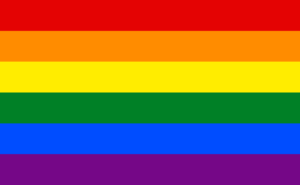
There is the rainbow flag that represents the LGBTQ+ community as a whole. Each color represents a piece of healing: red signifies life, orange signifies healing, yellow signifies the sun, green signifies nature, turquoise signifies art or magic, indigo signifies serenity, and violet signifies the soul. Just a nice general look at a community that has come together to fight oppression.
BISEXUAL
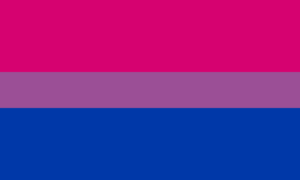
The bisexual flag contains the colors magenta, blue, and lavender. Magenta represents same-gender attraction, blue represents opposite-gender attraction, and lavender represents attraction to both genders. This message is told through the use of triangles.
PANSEXUAL
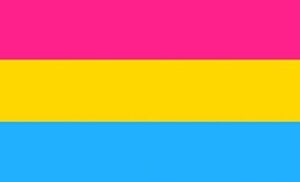
The pansexual flag uses the colors pink, yellow, and blue. Pink is a symbol for female attraction, blue for male attraction, and yellow for those who are non-binary attracted. Sexuality a bit more wide than two genders.
ASEXUAL
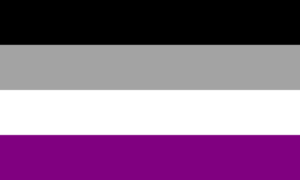
For the asexual flag, the colors black, grey, white, and purple represent a community outside of the typical attraction. Black is for asexuality, grey for road between sexuality and asexuality, white for sexuality, and purple for a sense of community. People without attraction are just as beautiful inside and out.
TRANSGENDER
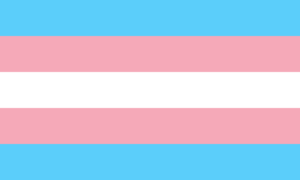
With the transgender flag, there is a sense of going outside of the mold that one was assigned. Two baby blue stripes for boys and two pink stripes for girls surround a white stripe to represent the phase of transition. Gender is no dichotomy, and this flag reminds society of that.
GENDERQUEER
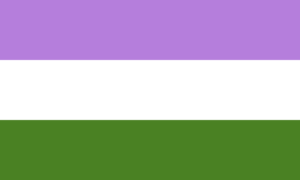
The genderqueer flag combines and uses color opposites to represent this unique gender identity. The lavender stripe combines blue and pink (two traditional boy and girl colors) to symbolize being androgynous, the white stripe for a neutral identity, and the green stripe represents a third gender option. A continued reminder that there are not only two genders.
GENDERFLUID
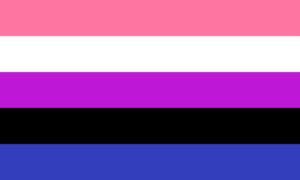
The genderfluid flag (this identity being a subsidiary of genderqueer-ness) has five stripes. They are pink for femininity, white for no gender, purple for both masculinity and femininity, black for various third genders, and blue for masculinity. The gender spectrum always shows a sense of self.
And there are so many more sexual and gender identities. If you feel as if your gender identity does not fit into what you were assigned, that is okay. If your sexuality does not fit with society’s tight standards, that is also okay. You are simply you. Talk to someone, experiment, and find the gender identity or sexuality that fits you best. And fly your flag high as you show the world your uniqueness and beauty inside and out.
